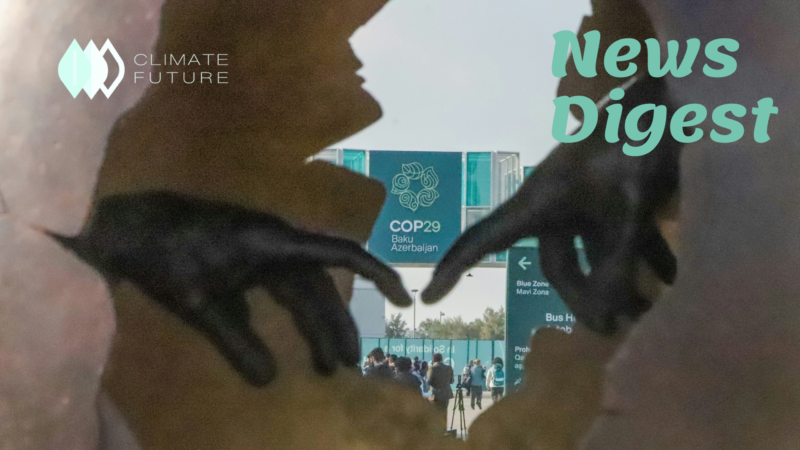Mayors from around the world to meet for first ever ‘healthy cities’ summit
The Summit will bring together city leaders and mayors to discuss strategies to solve the global burden from non-communicable diseases (NCDs) and the rising toll on urban health systems caused by injuries. NCDs, including stroke, cancer, heart disease, diabetes, injuries and chronic respiratory diseases arising from various causes such as car crashes and falls and street violence are responsible for 80% of all deaths globally. The UN has predicted that there will be around 2.5 billion more people living in cities by 2050 since the majority of the world’s population is now living in urban settings. The Summit will highlight best practices which can help to save lives and create more vibrant and healthier cities. WHO and partners are working with mayors through the Partnership for Healthy Cities to create policies and programs that put health at the center of urban design like safe streets that promote local sources of fresh and healthy food, active mobility and smoke-free spaces.
Pakistan floods: 9 million more risk being pushed into poverty, warns UNDP
UNDP Resident Representative in Pakistan said that although the Pakistan flooding was unprecedented, other countries could be affected by climate change. Because of that flood, crops from the last harvest and the missed planting season had been lost. As flood waters have still not diminished in some areas, some eight million of the 33 million remain displaced. Ambassador Hashmi listed the most urgent needs such as housing, livelihoods and agriculture. The high-level conference Pakistan was hosted with the aim to bring together public and private sector leaders and create international and financial support to communities affected by the previous year’s devastating floods in Pakistan. It is also intended to rebuild damaged infrastructure and rehabilitate the vulnerable community in a climate-resilient manner. Some $ 16 billion is in need to help the country’s rehabilitation and reconstruction over the long-term.
‘I don’t want to see more graves go to the sea’: Saving a Belize village from man-made erosion
Losing the graves is the reality for the inhabitants of Monkey River who have watched on as their homes, football field and even the graves of deceased loved ones, are taken by the sea. Experts identified that man-made activity is the main reason for the coastal erosion which is destroying the village and causing deep suffering like water diversion and notably industrial salt mining. The situation has deteriorated to the extent that the local people have moved away. However, others have decided to stay and fight back. In the words of local school teacher Audra Castellanos, it means “put Monkey River back on the map”. Mr.Muschamp, the President of the Monkey River Watershed Association which is a community-based organization working to restore and conserve the integrity of the entire Monkey River Watershed. It is aimed to provide a multitude of benefits to the coastal ecosystem and local residents. After that, the association partnered with the UNDP to install one hundred and sixty feet of sand-filled “geotubes” in the area of the most threatened properties. Residents are working together with UNDP to install the massive synthetic sandbags and create physical barriers to wave erosion. The story of Monkey River is more than a hub of biodiversity where the river meets the sea. It is a community joining forces to change climate change with the support of the United Nations.
Ozone layer recovery is on track, due to success of Montreal Protocol
In a report published every four years for the progress of the Montreal Protocol, the panel confirmed the phase-out of nearly 99% of banned ozone-depleting substances. In September 1987, the Montreal Protocol was signed as a landmark for multilateral environment agreement which regulates the production and consumption of nearly 100 ozone-depleting substances (ODS). The overall phase-down has made a notable recovery of the protective ozone layer in the upper stratosphere. It decreased human exposure to harmful UV rays from the sun. The protocol has already got benefits to mitigate climate change by helping to avoid global warming by an estimated 0.5°C. In 2016, the Kigali Amendment, an additional agreement to the Montreal Protocol required a phase-down of the production and consumption of some hydrofluorocarbons (HFCs). Although HFCs do not directly deplete ozone, they are powerful gasses which can cause global warming and accelerated climate change.



